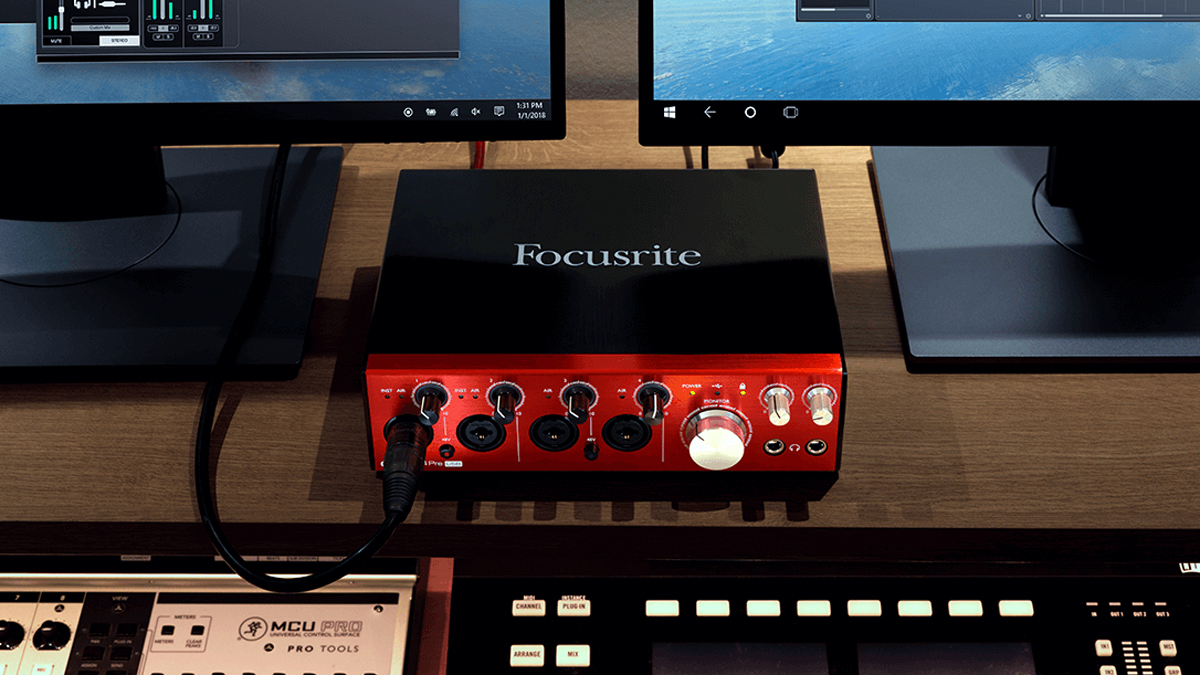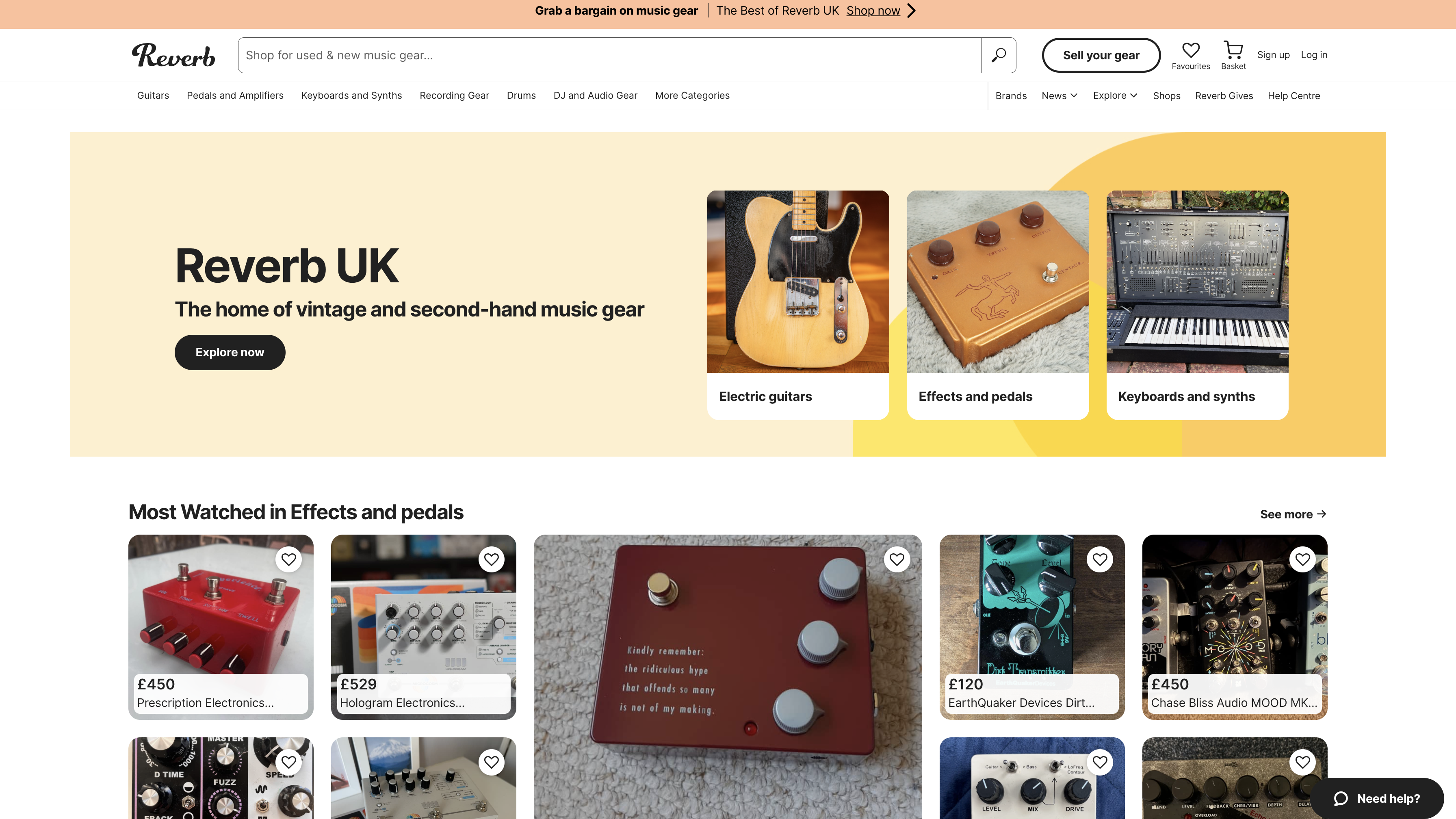NAMM 2019: The AXR4 puts Steinberg in the high-end Thunderbolt audio interface game
Rack-mountable device is aimed at the pro market
NAMM 2019: Steinberg is entering the Thunderbolt audio race with the announcement of the AXR4, a rack-mountable audio interface aimed at professional producers and engineers. This 28-in/24-out box offers latency-free DSP-powered monitoring and effects, stacks of I/O and plenty of routing flexibility.
Up front you’ll find four Neutrik combo inputs and two headphone outputs, while the back panel houses eight TRS line inputs, eight TRS line outputs and two sets of ADAT I/O doubling as S/PDIF. The second pair provides an alternative AES/EBU Sub-D connector. MIDI I/O sits alongside word clock I/O, while two Thunderbolt 2 ports enable computer connection and daisy-chaining of up to three interfaces.
With 32-bit integer resolution and a max sample rate of 384kHz, the AXR4 doesn’t compromise on audio quality, and the four hybrid mic preamps benefit from refined transformer circuitry and Rupert Neve Designs SILK processing.
DSP effects include the VCM 276 compressor, VCM EQ601, the Sweet Spot Morphing Channel Strip and the REV-X reverb. These integrate directly with Cubase AI, a dedicated version of Steinberg’s DAW that comes included and supports 32-bit integer recording. However, you can use the AXR4 with any DAW, with routing of the 28x24 matrix mixer handled by the dspMixFx AXR mixing application.
The AXR4 is expected to be released in the first quarter of 2019 priced at $2,799. Find out more on the Steinberg website.
––––––––––––––––––––––––––
NAMM 2019 - all the news
The dust is settling, but our ears are still ringing. You'll find all the stories that counted in our massive news hub. Below, enjoy our editors' findings as we regrouped at the end of the show.
Get the MusicRadar Newsletter
Want all the hottest music and gear news, reviews, deals, features and more, direct to your inbox? Sign up here.

I’m the Deputy Editor of MusicRadar, having worked on the site since its launch in 2007. I previously spent eight years working on our sister magazine, Computer Music. I’ve been playing the piano, gigging in bands and failing to finish tracks at home for more than 30 years, 24 of which I’ve also spent writing about music and the ever-changing technology used to make it.










